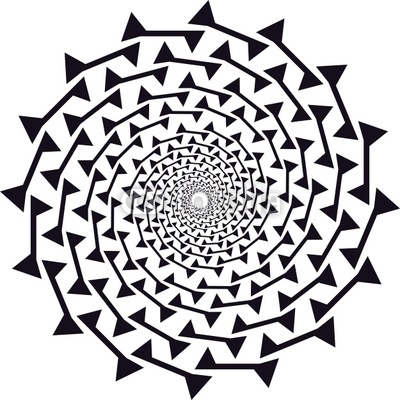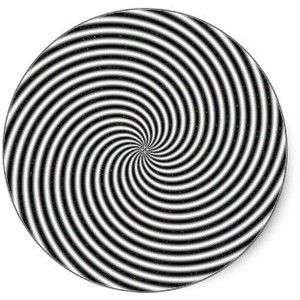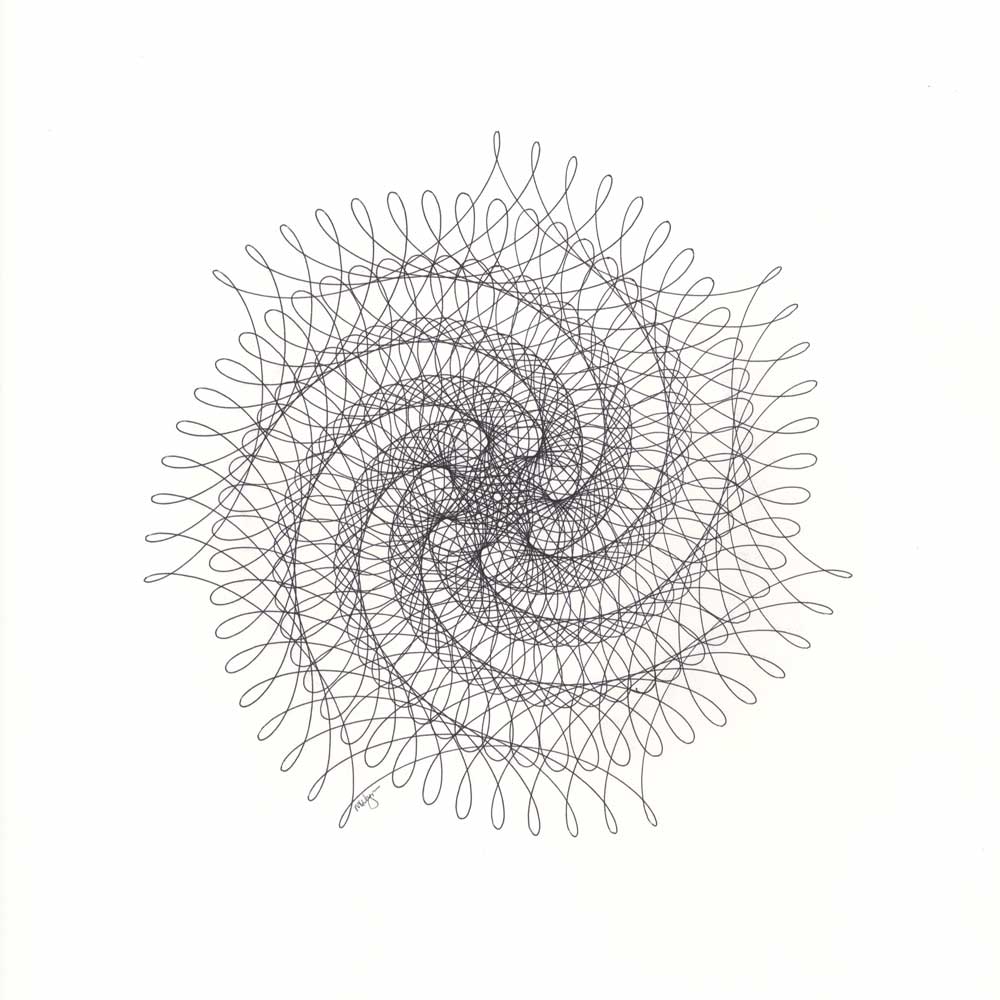|
(2016
final exam assignment) Sample Student Final Exam Essays 2016 Essay 1. Define "genre" + examples |
LITR 4370 Tragedy

|
 |
Rebecca Dyda
6/13/2016
Horror freaks
Out
of all of the genres, Horror has always been one of my favorites. I enjoy Horror
not only because it scares me, but because of the thrill and anticipation I feel
while watching the genre. Due to these feelings, Horror movies give me a release
that other movies can’t quite accomplish. When trying to define Horror, even
though I am a Horror fanatic, I used to be stumped. I can tell you that there is
a lot of gore, and mishaps, but I couldn’t tell you how Horror is different from
other genres. However, after taking this class, I was introduced to some
important elements to look for when defining a genre. I found that when we are
defining a genre, we not only need to be able to identify common plot
characteristics, but we also must identify certain specific qualities, such as
types of audience and narrative. Furthermore, when we try to identify these
qualities, we find that defining a genre becomes easier.
For instance,
when we look at the genre of Horror, one of the first characteristics that sets
the genre apart from others is the subject/audience. The subject/audience is
probably one of the most important factors in distinguishing horror from the
other genres. Most Horror fanatics love the suspense, thrill, and gore found in
most horror movies, whereas fanatics of other genres such as Romance and Comedy,
will look for love and humor throughout the movie. Furthermore, this shows that
audiences are essentially a huge part of a genre’s definition. For example, In
Evil Dead 2 (1987), we find an odd film that contains suspense, thrill, and tons
of gore, with a little touch of humor that makes the movie appealing mainly to
horror fanatics, but possibly also to comedy lovers. While many others might
find this movie different, and not very appealing, due to its oddness and bloody
nature, Horror fanatics find it to be a gem in the horror genre. Others might
find this characteristic, and many others found in the Horror genre, as negative
due to the fact that certain characteristics in a horror film might not appeal
to another’s personality. This does not mean that I, and my fellow horror
freaks, are psychotic by any means, but it instead infers that we have an
undying passion for the suspense, thrill, and mystery, that make up the horror
genre.
Another good
example of how important an audience is to a genre is found between an exchange
with me and my best friend about a year ago. While we were looking for movie
titles, I was looking at the Horror section, while she was looking at the Comedy
section. I picked up the movie The Ring (2002), while she picked up a different
Comedy movie. She saw the movie I picked up and immediately told me no because
the movie scared her as a kid. Granted, this movie made me lose tons of sleep at
night as a child, as a matter of fact so did every scary movie, but I took to
them in a different way than she did. I found the thrill and terror that comes
from scary movies exciting, while she grew to hate it.
As you can see, through the exchange of me and my best friend, Horror,
like any other genre, or subgenre, lasts mainly due to its audience. If the
certain characteristics of the Horror genre didn’t appeal to me, and others like
me, the genre would cease to exist.
Now, this is not the only
important factor of a genre. For example, when someone is creating a story line,
they must know how the story is going to go, and how the form of the storyline
will be set up. This brings me to my next topic, which is to explain the
importance of the formal genre in which the text appears. When we watch horror
movies and read the classic Gothic books, we tend to get a mixed variety of
formal genre. We, every now and then, find the Narrator + Dialogue formal genre
in Horror, but it is not always common. The first example that comes to mind of
this form is the show The Twilight Zone (1959). In this specific example, we
find that the narrator speaks before the episode, letting the audience know what
they are going to expect during the show, and then after the audience is thrown
into the dialogue. Even though the Twilight Zone is a more direct example, there
are also other examples as well. For instance, in the movie Evil Dead 2 (1987),
in the beginning, the narrator gives us full detail about the book that turns
out to be an important factor throughout the movie. This example doesn’t quite
tell us everything, but it does give us a clue of what we will expect. While
these are both pretty common examples of the Narrator + Dialogue formal genre,
this form is not the most common.
Furthermore, when we watch most horror movies, we see the Drama or Dialogue
formal genre more frequently. A good example of Drama or Dialogue is Rob
Zombie’s, House of 1,000 Corpses (2003). This example, like others of this form,
throws us completely into the dialogue and does not give us any narrative at
all. We instead are taken into the gas station of Captain Spaulding, not really
knowing how the gas station is relevant to the movie, and then thrown into the
stories of the four teenagers who are on a road trip on Halloween eve. This
formal genre seems to be the most popular when it comes to our more current
films and novels. However, this formal genre is not the most important one, for
all types of formal genres can prove to be important in creating the storyline.
While formal genre plays a
huge part in a storyline, Narrative genre is just as important. When we are
looking at a film, novel, or play, we usually put them into the four categories
of Romance, Tragedy, Comedy, or Satire. However, when it comes to Narrative
Genre, Horror can fall under many categories. To start off, we must first look
at some of the original works of horror, in order to find some Romance and
Tragedy elements of the genre.
When
we look back at the history of Horror, we find that the Genre derived from the
Gothic Literature such as Mary Shelley’s Frankenstein, and Bram Stoker’s Dracula
(P.134, Prohaszkova). Both of these genres can fall under many of the narrative
genre categories. For instance, Mary Shelley’s Frankenstein displays many
elements of Tragedy. One good example is found in the creature, and his need for
revenge, which leads him to not being accepted by society. Frankenstein also has
many elements of Romance, such as the individualism that is displayed amongst
the characters, especially the creature. This individualism is displayed through
the creature with his need for companionship that is found toward the end of the
novel. In this scene, the creature begs Frankenstein to make him a life partner,
in which Frankenstein declines and he becomes outraged. This shows humanism in
the creature, ultimately making his longing for companionship Romantic.
We
also find this individualism in Bram Stoker’s Dracula through many of the
characters, especially Johnathan Harker and Lucy Westenra. Jonathan Harker seems
to be individualized by his fear of the Count Dracula, and we also find some
individualism in Lucy Westenra, when she becomes a victim of Count Dracula.
These situations of the characters become Romantic because they both are
displayed as damsels in distress, and are in need of saving. While Dracula and
Frankenstein are classic novels and seem to show the most elements of Romance
and Tragedy, as the gothic genre has transformed into Horror, we can still see
some elements of Tragedy and Romance. For instance, going back to my previous
example of Evil Dead 2, we see a few Romantic characteristics. Ash, the main
character, is being haunted by the ghosts of the book of the dead, making him
the damsel in distress character. As the story progresses we see Ash, and the
kids of the previous owners battle the monsters, in hopes that they will stop
the ghosts, giving the movie a Romantic undertone. We also see elements of
Tragedy in the new Evil Dead (2013) movie when the brother of the main character
Mia has to die in order to save Mia and stop the ghosts.
Even
though Romance and Tragedy elements were popular in horror at one point, and in
some ways still are, we later begin to see that comedy and Satire are used more
frequently. For instance, in the movie Scream (1996) we get a perfect example of
how Satire and Horror can work perfectly together. Scream is filled with Dark
Comedy, wit, and humor, along with references to other horror movies and
attempts to spoof the entire horror genre. These elements ultimately create a
hilarious experience for the horror loving audience. We also find comedic
elements in Horror as well. For instance, in the movie Zombieland (2009) we find
that the entire human race is plagued by a zombie virus, leaving the ones
unaffected to fight back and stay alive. The characters are left having to leave
behind their own identities and form new ones in this zombie plagued society.
The movie is filled with wit, humor, and an ending that gives us some hope that
the characters will overcome their fate in Zombieland.
Through Zombieland, Evil Dead, The Ring, and the other various sources I
have pointed out, we find that the horror genre not only uses other literary
forms, but we also find that Horror stays true to its genre. This aspect of
Horror isn’t for everyone, but with the constant thrill, excitement, suspense,
and dark humor being only a few aspects that are displayed throughout the genre,
we horror freaks can’t help but stay hooked.
Outside Source: Prohaszkova, Viktoria. "The Genre of Horror." American
International Journal of Contemporary Research 2.4 (2012): n. pag. Print.


